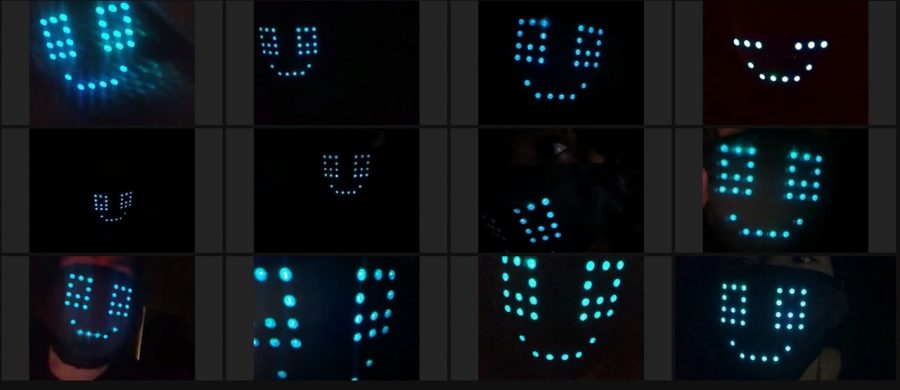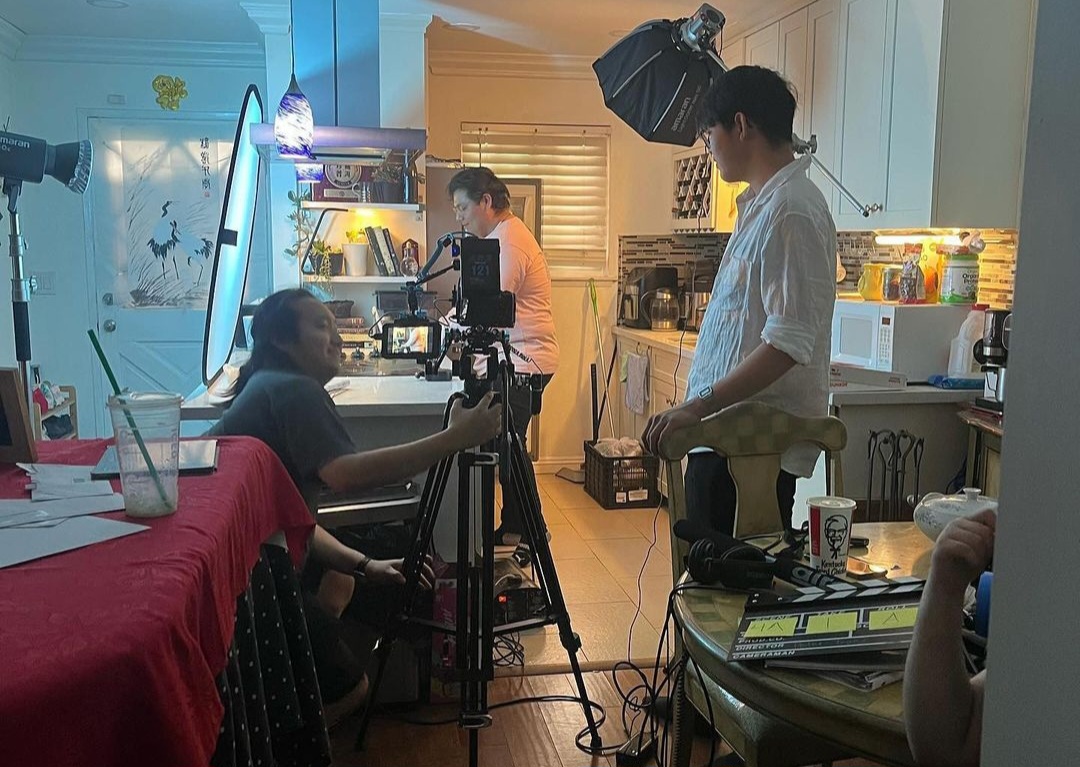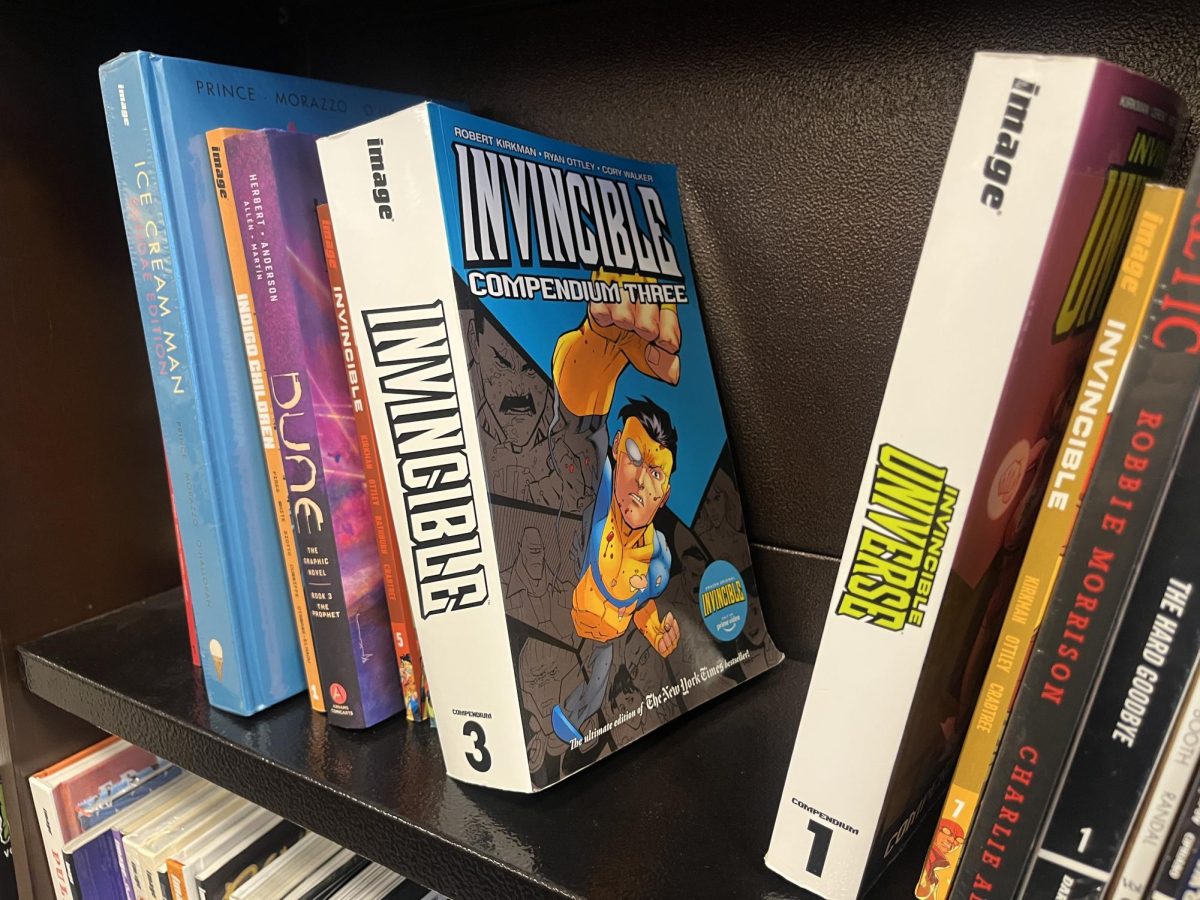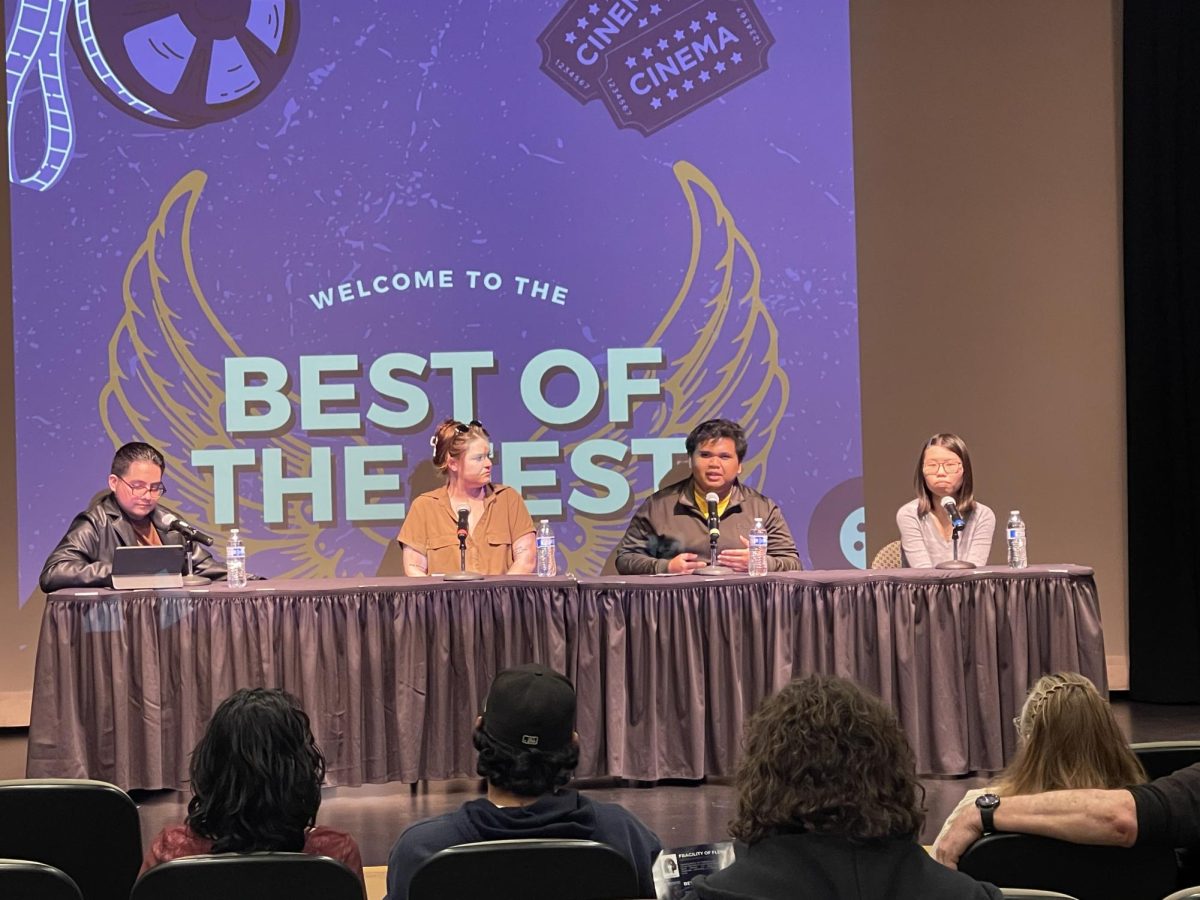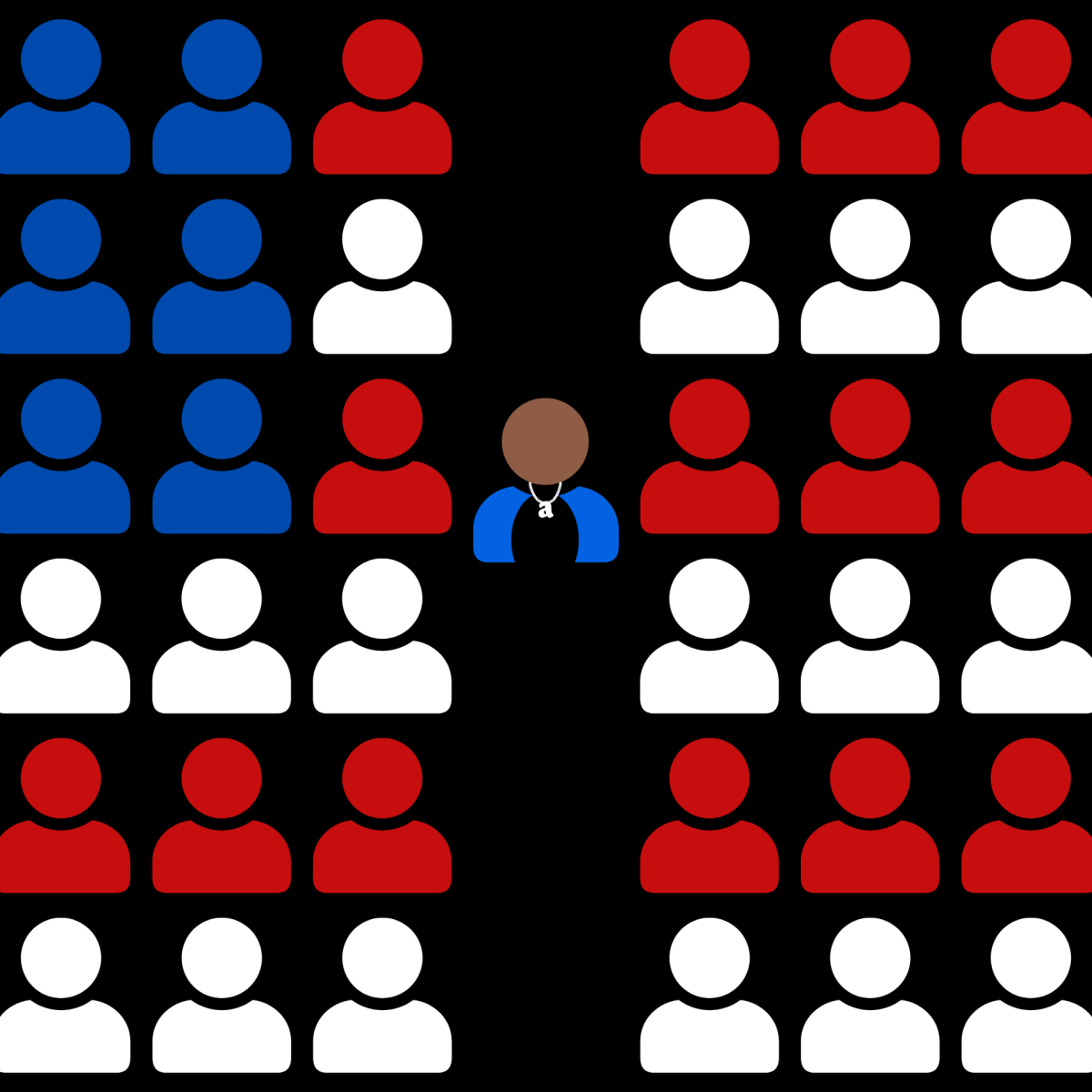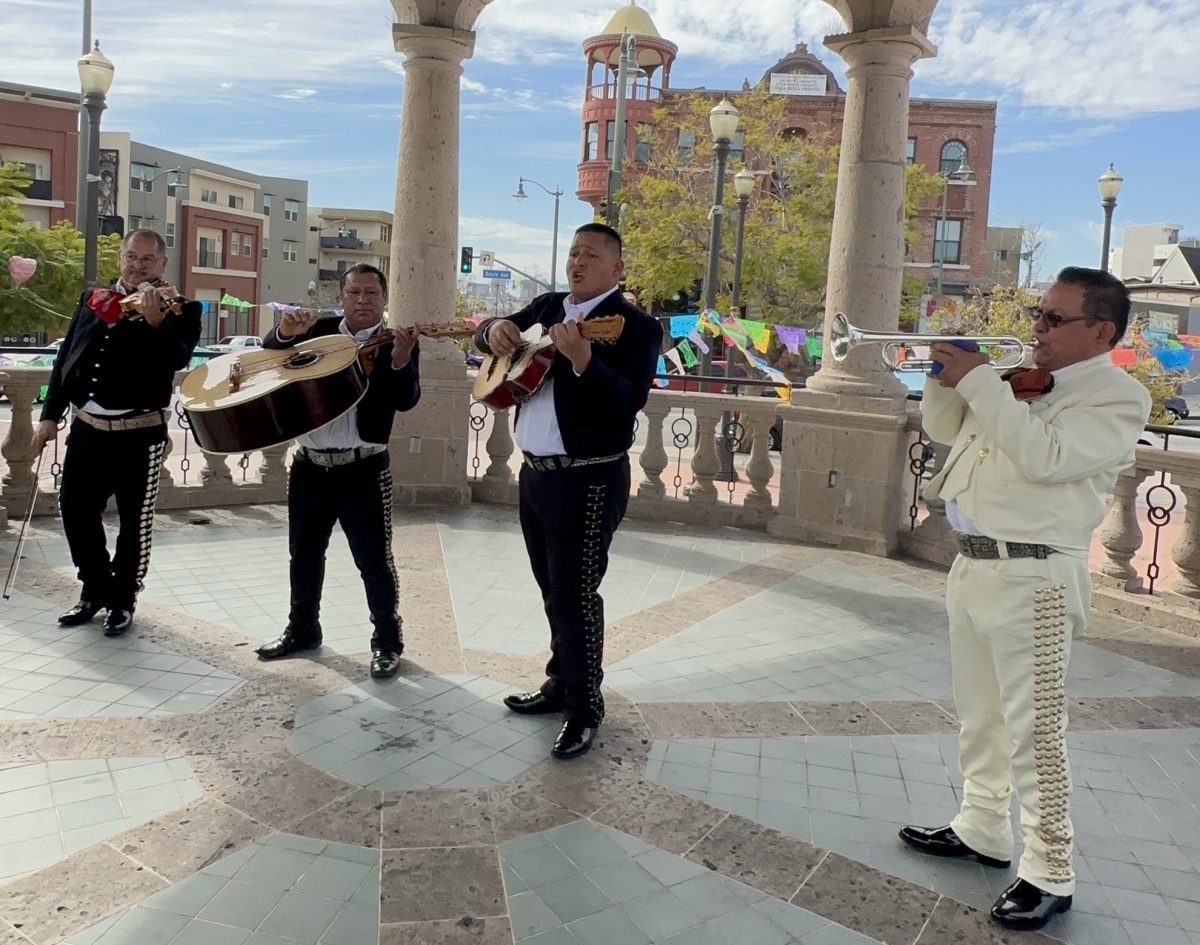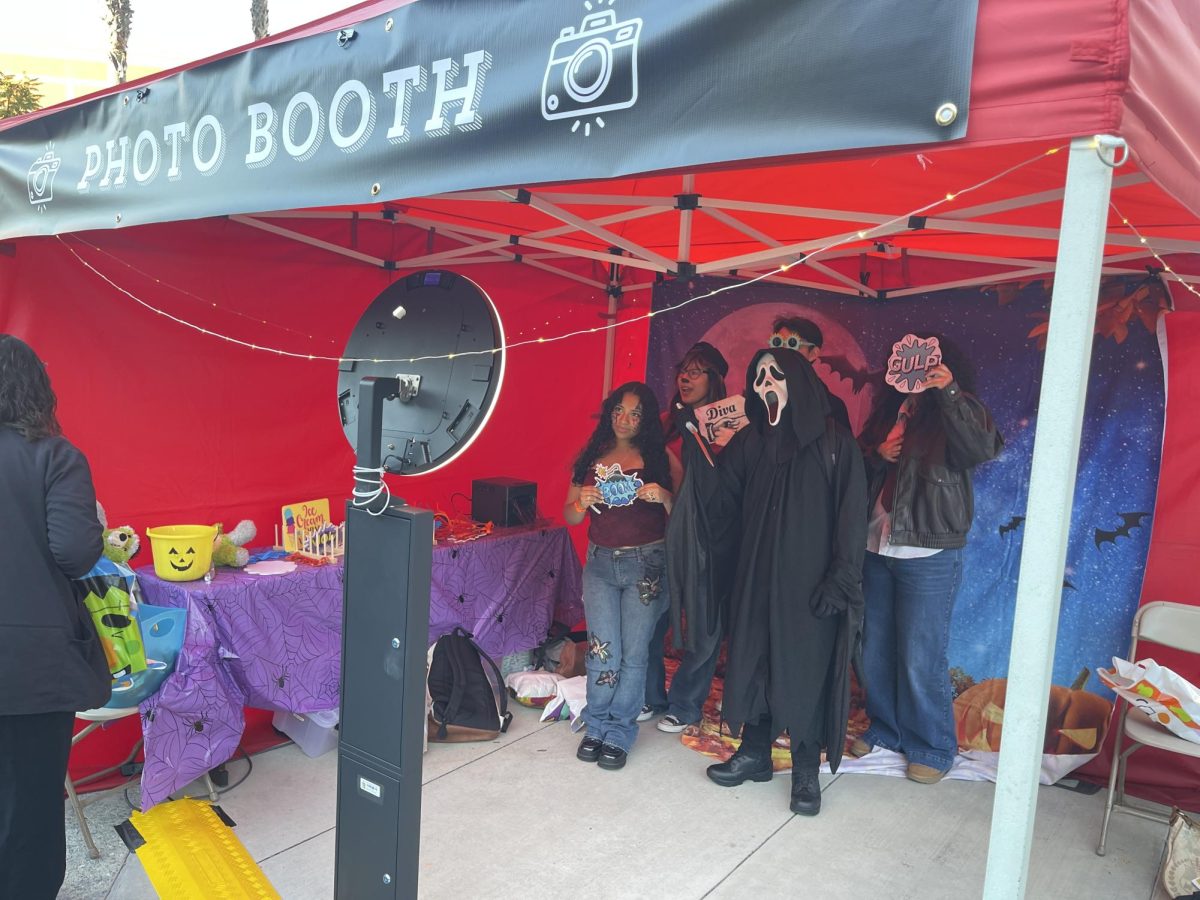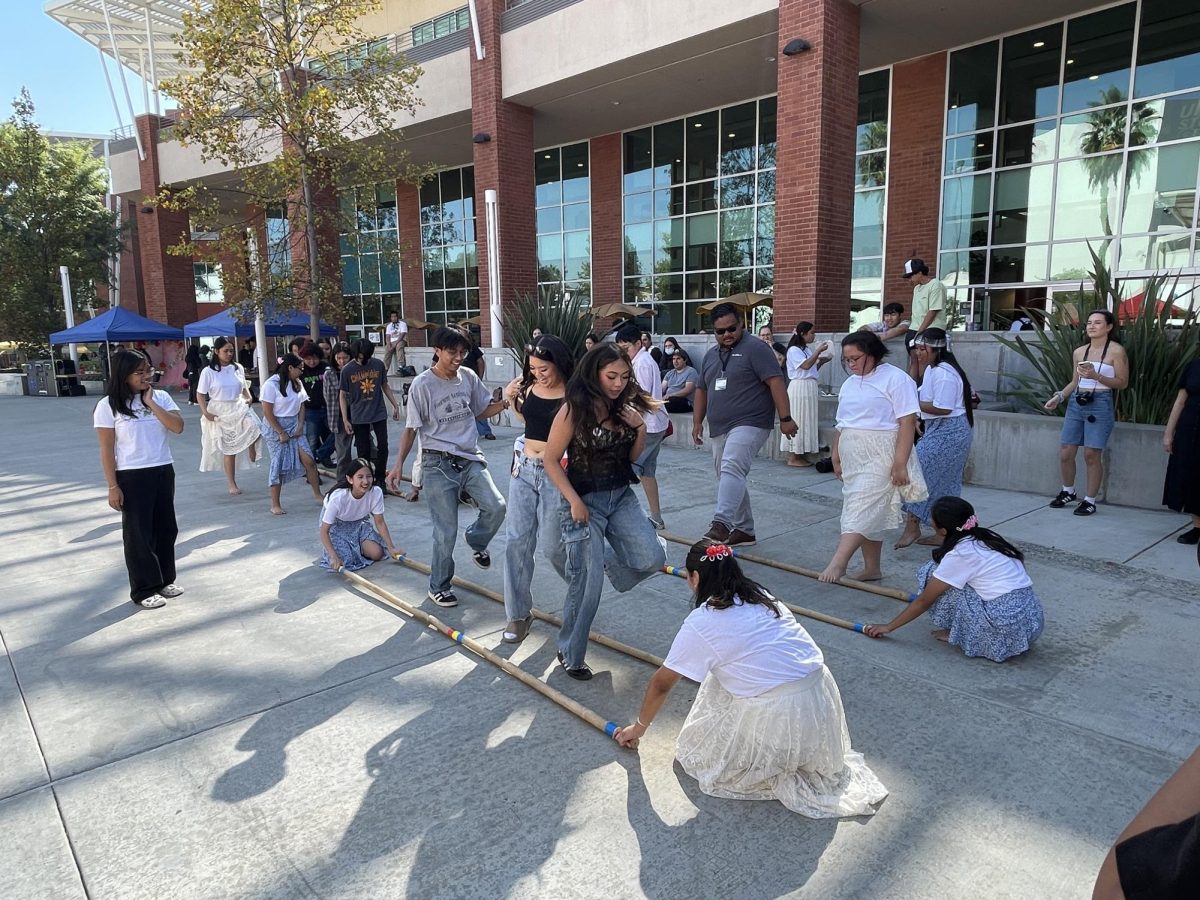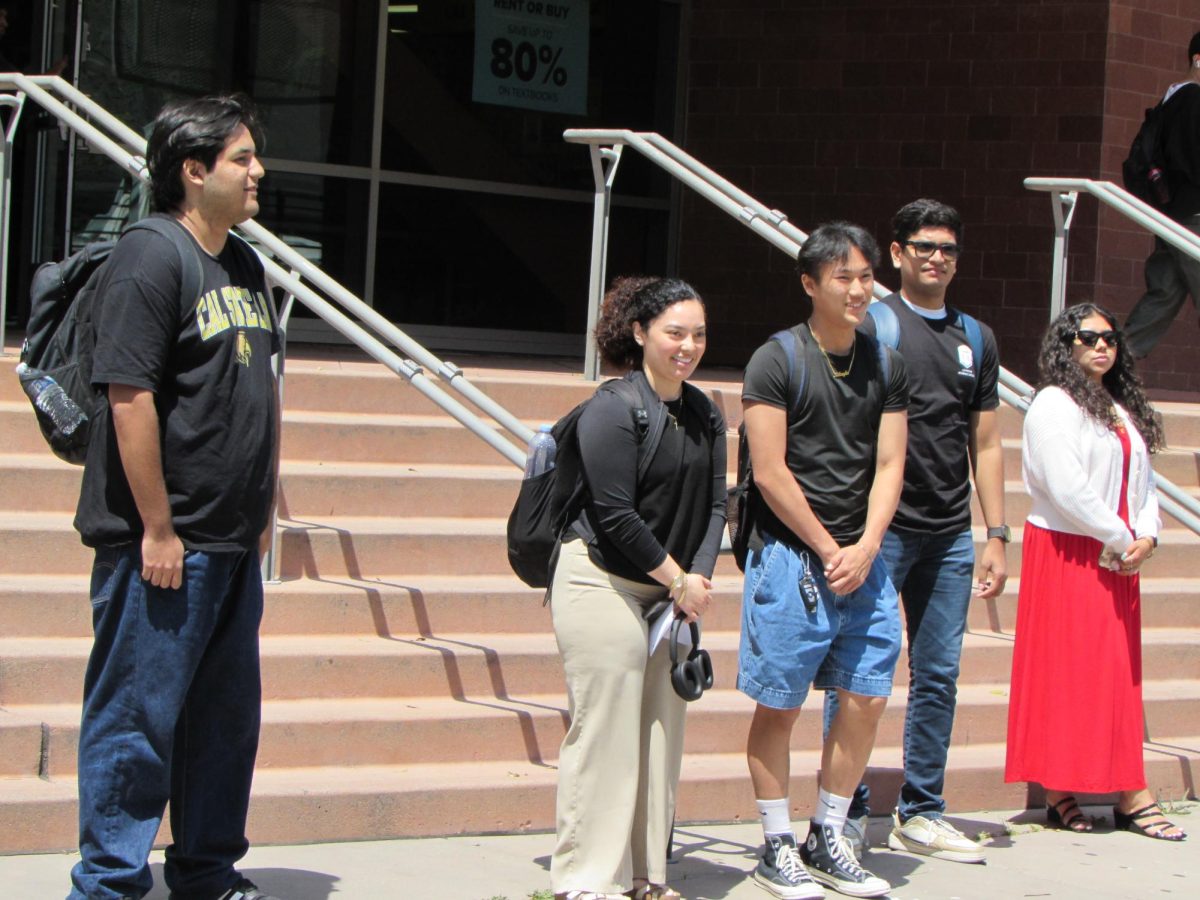Virtually executing the production for “Dreaming of our Future/Soñando de Nuestro Futuro,” an ensemble-based theater project that sheds light on the struggles and challenges of immigrants and Deferred Action for Childhood Arrivals (DACA) students, hasn’t been easy.
Equipped with kits containing ring lights, green screens, microphones and tripods, students had to “learn how to essentially get their own little TV studio in their home and then learn how to offer all the technology, and be an actor,” said Tanya Kane-Parry, a Cal State LA professor and director of the project.
The production premiered on campus before the pandemic in the Ronald H. Silverman Fine Arts Gallery where the actors were able to immersively interact with the audience members and be aware of their reactions.
“We were using the way that we performed the show, to be one of the ways in which we told the story,” said Matthew Stepan, a television, film and theatre major with an acting option. “So now we’re reimagining that in terms of camera angles, and lights and locations within our homes. The way that the audience will see and experience the show via YouTube, from Zoom, [is] just as much a part of the storytelling as the actual content itself.”
Although there have been some struggles, Stepan said that figuring out how to re-adapt and re-present this project has been a fun transformative process.
Karla Galaviz, the open broadcaster system designer and engineer for the project, said that trying to bring the “shock” and “realization” the play is supposed to deliver onto the audience has been hard.
“One of the beauties of this performance when we did it live, was that we got that audience interaction. And we were able to hear the audience actually reflect and be like, ‘Cool. What did I just see?’” said Galaviz. “One of the challenges of this virtually is trying to get that same reaction when we’re not actually in the same atmosphere as the audience.”
The ensemble-based theatre project shifts focus on the racist encounters immigrants face as well as the oftentimes confusing process they go through to obtain or keep their citizenship. The struggles of DACA students are also portrayed, this all in an attempt to motivate the audience to take action.
“We’re trying to bring awareness to this. We actually tell you where you can go [and] how to demand your representatives be pro-immigrant rights,” said Galaviz. “The audience gets informed about the importance of fixing immigration policies and how to use their voice to actually bring about change.”
This project combines personal stories with current news stories and the constant changes to the U.S. immigration policies and procedures.
“This play basically teaches you the system in a way that is…fun, but at the same time is serious,” said Oscar Duque Ramirez, a cast member. Ramirez is a DACA student and to him being a part of this production was “very important, especially since it’s something that relates closely to [him].”
In this year’s production, Ramirez said he acts out a powerful monologue he wrote, inspired by his personal experience. In the monologue about his experience prior to his DACA status, he recounts being scared of immigration la migra, and feelings of being unprotected and unsupported when there was no DACA program.
“We’re all very clear. We do not want anyone’s pity. We do not want anyone to say, ‘Oh, those poor people,’” said Kane-Parry, the director of the project. “We want them to get angry and say, ‘How can I get involved?’”
The production started live streaming from April 14 to April 17. The audience also got a chance to join the cast and designers for a post-performance discussion. The performances are also available on YouTube for those who were unable to attend it live.

